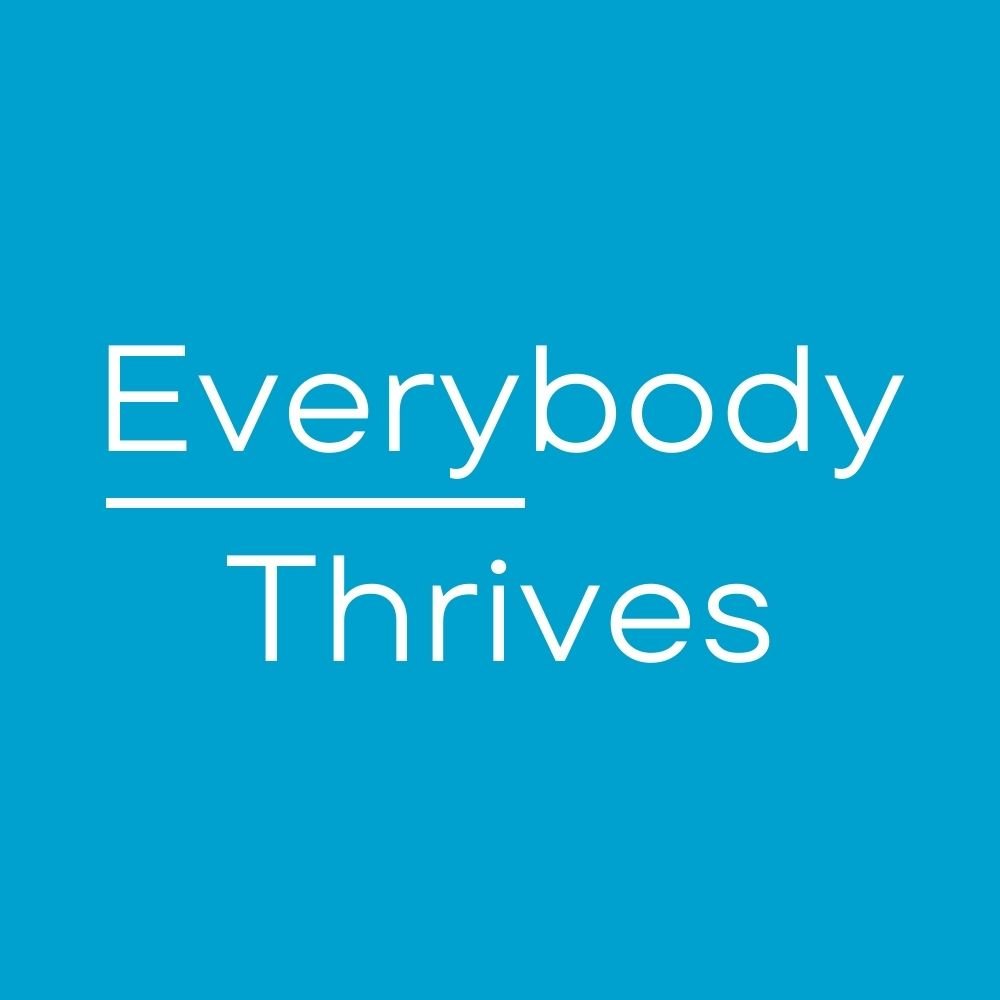Today: What happens when you don't look the part of an executive? It's not the end of the road. Find out how executive presence works and what it means for you. Thanks to Mark Cornwell for his insights, which informed this episode.
Your turn: We'd love to hear from you. Use the "Message" button on the Anchor app to share a story, question, or feedback related to this episode. Or email us at joe@connectioncounselor.com
Learn more: Details about the book, online course, YouTube tutorials and more can be found at www.connectioncounselor.com/executive-presence-place
Music: Earning Happiness by John Bartmann is licensed under a CC0 1.0 Universal License
Transcript
Today, let's talk about one of my favorite executive presence topics, and that's diversity. Or as I like to call it, the Tom Brady problem. Not because I'm from the New York, New Jersey area and because of a football vendetta, but more so from a fun way of saying, if you look like Tom Brady, you really aren't going to have many problems with convincing people of your executive presence.
Well, the challenge there is most of us, myself included, don't even remotely resemble Tom Brady in terms of our successes or even our appearance. But for everyone else, I'd say like 95% or 98% of the people in the world, you're going to have some more challenges in terms of your executive presence.
And you're going to have to work a little bit harder to convince people.
Now, why is that right? Why does Tom Brady have it so easy? And to make it very simple, it's just expectations, right? There's a certain expectation, whether it's society or our biology or culture, or some combination of all of the above, that someone who looks and presents like Tom Brady is going to be a great leader.
Now, what that means for everyone else, is if you are in a position of leadership, like a CEO or a quarterback of a major National Football League team, and you don't have that same sort of mold, you're going to be considered an anomaly, right? Now anomaly doesn't mean there's anything wrong with you, it just means you're not meeting the general expectations of what people come to expect for that particular role.
And that's why there's a little bit more work to be done for those who don't look like Tom Brady. So what can you do, right? I'm never going to be able to throw a football the way he does. I'm certainly not going to be able to change my appearance or height or marry a supermodel anytime soon.
Here's one thing you can really do. And I learned this concept from a KPMG partner, Mark Cornwell, when we were having a discussion about executive presence and he was talking about the theater involved in executive presence, specifically in the context of high-level kind of partner or board meetings, right?
When you go into certain meetings, if you've been to enough of them, you'll start to see that there's a way these things happen and are put together. They're not random. And they follow certain conventions specific for that organization, for that audience, and, that time, which lead people to understand and expect that this is who's in charge. This is the timing of things. This is how important this is. This is how things are going to happen.
Just like when you go to the theater or you watch a certain genre of movie, like an action movie or a romance movie or a horror movie, there are certain similarities in the way these things occur that meet your expectations for that sort of thing.
So what can you do as an individual to leverage this theater? So, what you can do is think about the situation, right? Let's say you don't from an external perspective, if no one knows you, right, you go into a meeting and it's your first time as the CEO or your first time pitching to investors and no one would know you by reputation, yet.
What can you do? You can leverage the way people act, react and interact in that setting to signal that you are the leader and that can help assist the executive presence you already have, right? So in a particular meeting, does that person come in first or come in last, right? How are they introduced? Where do they sit? Even things like how talkative they are or how they work the room. These are all things that will build into the expectation and help you become less anomalous because you'll be fitting into the theater of what is normally expected for someone in that role.
So next time you have a situation where you may have the odds stacked against you and people may not expect it, think about the theater of how things work and how you can use that to your advantage.
Thanks for listening to Executive Presence Morsels. This is Joe Kwon, the Connection counselor. Remember, it's not what you say, do or wear, it’s how you make people feel that generates executive presence. Nothing else matters.





